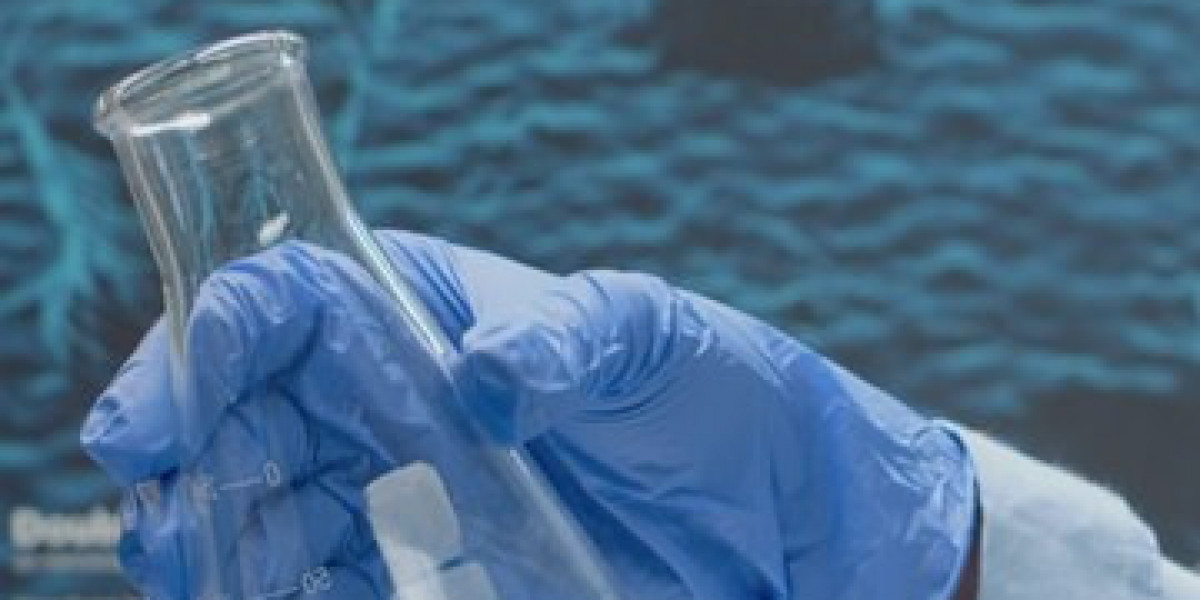The water treatment chemicals market has seen significant growth over the past few years, driven by the increasing demand for clean water, wastewater management, and environmental regulations. However, despite its growth prospects, the market faces a range of inhibitors that can limit its expansion and hinder the adoption of water treatment chemicals. These inhibitors stem from economic, environmental, technological, and regulatory factors that can delay market growth and reduce the effectiveness of treatment processes. In this article, we will explore some of the key inhibitors to the water treatment chemicals market.
1. Environmental Concerns and Chemical Waste
One of the major inhibitors to the growth of the water treatment chemicals market is the environmental impact of chemical waste. Many of the chemicals used in water treatment, such as chlorine, coagulants, and flocculants, have the potential to harm the environment if not disposed of correctly. The improper disposal of these chemicals can lead to contamination of water bodies, soil, and air, causing long-term ecological damage. In many regions, growing environmental concerns and stricter environmental regulations are forcing companies to adopt more sustainable and eco-friendly chemical alternatives. However, the cost and limited availability of these sustainable chemicals are often obstacles for businesses and municipalities, hindering their widespread adoption.
2. Regulatory Barriers and Compliance Costs
The water treatment chemicals market is subject to numerous regulations imposed by governmental agencies to ensure safe drinking water and wastewater management. These regulations vary across regions, and compliance can be complex and costly. Manufacturers of water treatment chemicals must invest in R&D to ensure their products meet various standards, which can be expensive and time-consuming. Additionally, stricter environmental regulations may require companies to develop or adopt greener alternatives, further increasing costs. For small and medium-sized businesses, these regulatory barriers can be particularly burdensome, limiting their ability to enter the market or expand operations.
3. High Raw Material Costs
The production of water treatment chemicals relies on various raw materials, such as chlorine, lime, alum, and polymers. The prices of these raw materials are subject to fluctuations due to market dynamics, supply chain disruptions, and geopolitical factors. For instance, global supply shortages or trade restrictions can cause a rise in the cost of essential raw materials. These fluctuations in raw material prices lead to higher production costs for water treatment chemicals, which can be passed on to consumers. The increased cost of chemicals may discourage industries, municipalities, or other users from implementing water treatment solutions, especially in regions with budget constraints or limited resources.
4. Lack of Skilled Labor and Technical Expertise
The water treatment industry requires highly specialized knowledge and skilled labor to handle advanced chemical treatments, design efficient treatment systems, and ensure that chemicals are used safely and effectively. However, there is often a shortage of trained personnel with expertise in water chemistry, treatment processes, and the operation of advanced water treatment technologies. This lack of skilled labor can hinder the efficiency and effectiveness of treatment systems, leading to underperformance and higher operational costs. For companies and municipalities, addressing the skills gap through training programs and workforce development is essential for overcoming this barrier.
5. Availability of Alternative Water Treatment Methods
Another significant inhibitor to the growth of the water treatment chemicals market is the increasing availability and adoption of alternative water treatment methods. Technologies such as ultraviolet (UV) disinfection, reverse osmosis, and ozonation are gaining popularity due to their efficiency, low chemical consumption, and minimal environmental impact. These alternatives often do not require the use of traditional water treatment chemicals, which could reduce demand for chemical-based solutions. As industries and municipalities turn to these alternative methods, especially in regions with limited access to resources, the water treatment chemicals market faces competition that could stifle its growth potential.
6. Water Scarcity and Budget Constraints
In many parts of the world, water scarcity is a growing concern, and regions facing this issue often struggle with limited budgets and financial resources. For municipalities or industries in water-scarce areas, investing in comprehensive water treatment solutions, including chemical treatments, can be expensive. Budget constraints often lead to the prioritization of other essential services, causing delays or reductions in the implementation of water treatment solutions. Furthermore, water scarcity often prompts a focus on alternative sources like desalination or wastewater reuse, which may require different treatment technologies that do not rely on traditional water treatment chemicals.
7. Resistance to Change and Market Fragmentation
The water treatment chemicals market is highly fragmented, with a variety of small, medium, and large players competing for market share. The industry is also known for its resistance to change, as many water treatment systems and chemical formulations have been in place for decades. This resistance to change, coupled with the challenge of educating end-users about the benefits of new chemicals or technologies, slows down innovation and market evolution. Additionally, the fragmented nature of the market can lead to inefficiencies and high competition, making it difficult for new entrants or small players to gain a foothold in the industry.
Conclusion
While the water treatment chemicals market has significant growth potential, it faces numerous inhibitors, including environmental concerns, regulatory barriers, high raw material costs, a shortage of skilled labor, the availability of alternative treatment methods, budget constraints, and market fragmentation. Overcoming these challenges requires innovation, regulatory cooperation, and investment in sustainable solutions. By addressing these inhibitors, the water treatment chemicals market can continue to thrive and meet the growing demand for clean water worldwide.









